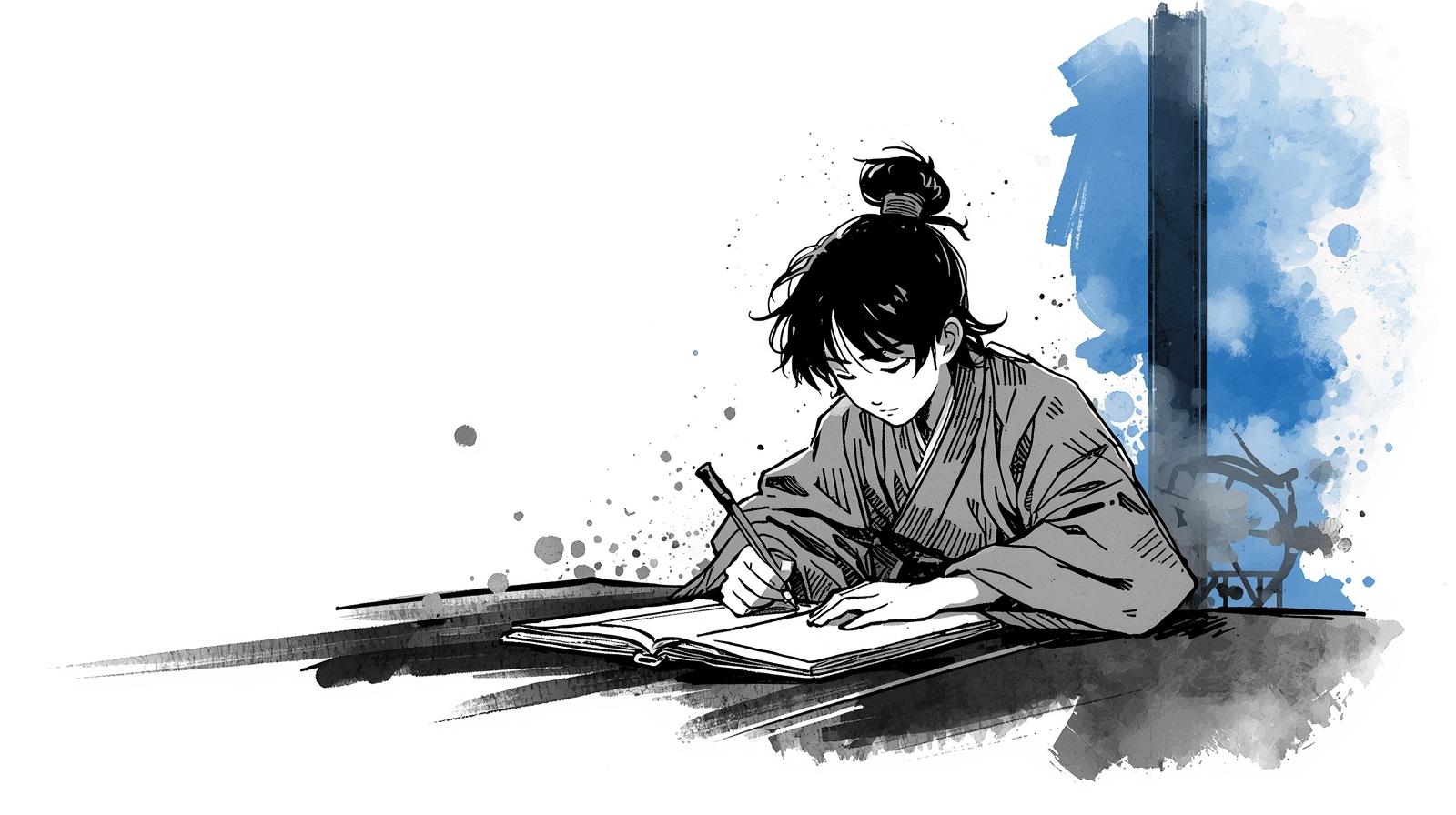Samurai Education: For Whom Was It?
In the age of the samurai, education was not open to everyone.
Only the sons of samurai families could study deeply. But the way they learned depended on their family rank.
1. Education for High-Ranking Samurai
The sons of upper samurai started learning around the age of six or seven.
They studied Chinese classics such as The Analects and The Great Learning.
They also practiced calligraphy, tea ceremony, and poetry.
For them, education meant preparing to rule wisely — to lead people, not just fight.
2. Education for Lower Samurai
Lower-ranking warriors had fewer chances to study books.
Their education focused on behavior — how to bow, how to serve their lord, and how to fight with honor.
They learned by watching and copying their elders.
For them, education meant discipline and loyalty — living as a true warrior every day.
3. Education for Common People
Farmers and merchants did not attend samurai schools.
But later, in the Edo period, temple schools (terakoya) appeared.
There, children learned reading, writing, and basic math.
Their goal was not power, but survival and wisdom in daily life.
4. The Spirit of Samurai Education
No matter their class, all samurai children were taught one thing:
“Knowledge must serve virtue.”
Learning was not only for the mind — it was for the heart.
This spirit of education with honor became one of Japan’s timeless values.



Comments